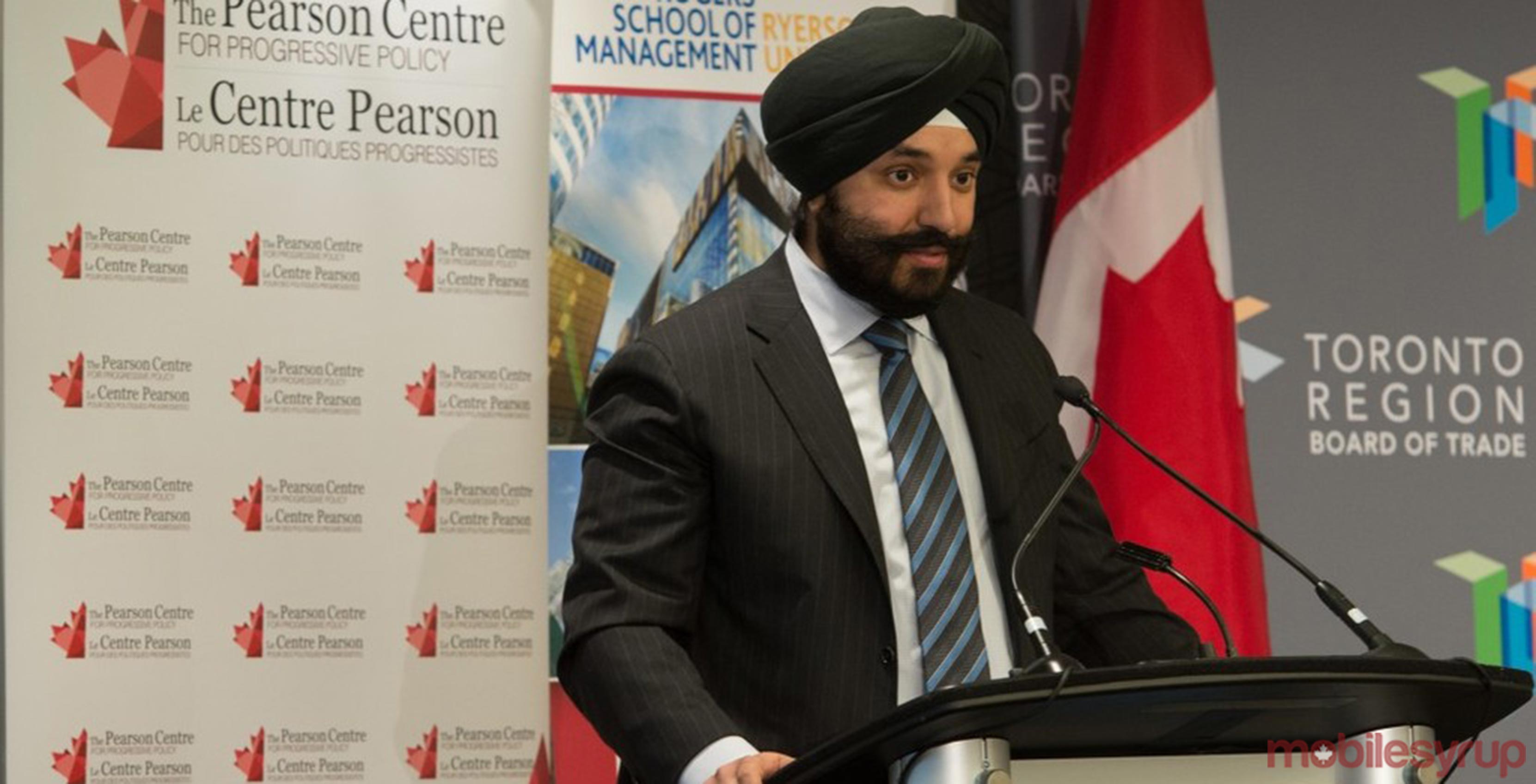
Following the wrap of the long-awaited 600MHz spectrum auction in the United States, Canada’s department of Innovation, Science and Economic Development (ISED) has informed the Financial Post that a similar auction of that low-band spectrum (which previously carried broadcast TV signals) is at least two years away.
Already it has been almost two years since ISED (formerly Industry Canada) and the U.S. telecom regulator, the FCC, reached an agreement to work together on a 600MHz band plan in which the two would “jointly repack TV stations on the same timetable,” according to a post on the FCC’s website. This collaboration, noted the FCC, would “produce significantly increased benefits and a better result for both countries, making more broadband spectrum available than if each country proceeded independently.”
The States’ 600MHz playing field
The U.S. closed its auction earlier this month, bringing in a total of $19.8 billion USD — the majority of which came from T-Mobile. The carrier spent $7.9 billion to acquire 45 percent of the new spectrum. T-Mobile, the carrier with the third highest subscriber count in the U.S., will initially use the spectrum to cover rural areas — a good fit, since lower frequencies propagate further in distance than higher frequencies.
There’s potential for the same coverage improvement in Canada, but the ISED told the Financial Post that the auction (and by default, any accompanying improvements) are still at least two years away.
The federal department told the Financial Post that it hadn’t yet decided on a bidding structure, and that it must first launch a public consultation on auction policies as well as decide how to run the whole affair.
“The entire process, which also includes developing the auction software and conducting extensive bidder training, takes approximately two years from the launch of the consultation,” said a spokesperson for ISED. “No specific date has been set for the consultation or the auction, at this point in time.”
Canada’s a whole different playing field
Of course, the 600MHz auction is taking place in a much different environment, with fewer large competitors and upstarts. Additionally, in the U.S. broadcasters and wireless providers are more separate, but in Canada Bell and Rogers own both broadcast and wireless, meaning selling and purchasing old TV spectrum “only just move[s] the money from one hand to another,” as Gregory Taylor, principal investigator for Canadian Spectrum Policy Research put it to the Financial Post.
“No specific date has been set for the consultation or the auction, at this point in time.”
Still, the ISED confirms that it was able to “free up the same amount of spectrum while ensuring that all Canadian broadcasters would have access to the spectrum they need to continue providing services,” and that now low-band spectrum could be very significant to Canada’s wireless market — particularly to fourth-option operators like Freedom Mobile and Vidéotron, which has already expressed interest.
Interest from Canadian players
In June 2016 following a rousing speech at the Canadian Telecom Summit, Vidéotron president and CEO Manon Brouillette told MobileSyrup that the 600MHz spectrum should be auctioned in an “equitable” and “fair” manner and that the government should recognize that all service providers do not have the same challenges.
“600 is key,” she said, “First of all, the quality of the spectrum. Today, the type of spectrum we have doesn’t enable us to be very strong in buildings, tunnels, so the 600, it goes right through concrete and right through glass.”
She added that since the spectrum has a long range, the carrier calculates it could deploy coverage in geographic areas “to a third or fifth of the number of towers with spectrum with higher frequencies.”
There’s also a strong chance Shaw-owned Freedom Mobile, which operates within urban areas of Ontario, British Columbia and Alberta, might want to enhance its growing network. The operator purchased high-frequency AWS-3 spectrum in order 2015 in order to launch a brand new LTE network, which is now rolling out across its footprint.
While the format for the auction remains unclear, one thing is certain — the auction will bring in a significant amount of money, likely in the billions. The 700MHz auction in 2014 made almost $5.3 billion and the AWS-3 spectrum auction in 2015 made $2.1 billion.
Source: Financial Post
MobileSyrup may earn a commission from purchases made via our links, which helps fund the journalism we provide free on our website. These links do not influence our editorial content. Support us here.


